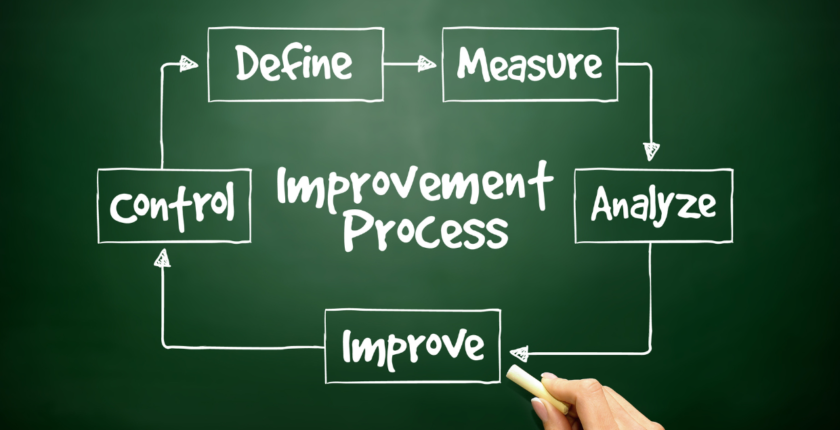How to Measure and Improve Your Wellness Sales Performance
In the thriving wellness industry, where health-conscious consumers seek products and services to enhance their well-being, measuring and enhancing sales performance is crucial for sustained business growth. Understanding how to evaluate sales metrics, identify key performance indicators (KPIs), and implement strategies to boost sales effectiveness is fundamental in this competitive landscape.
Understanding Wellness Sales Performance Metrics
To optimize sales performance in the wellness sector, it’s essential to track and analyze relevant metrics that provide insights into various aspects of the sales process.
Sales Conversion Rate
This metric measures the percentage of leads or prospects that convert into actual sales. Analyzing conversion rates helps identify the effectiveness of sales strategies, allowing for adjustments to improve performance.
Customer Acquisition Cost (CAC)
CAC determines the average cost incurred in acquiring a new customer. Calculating this metric helps in evaluating the efficiency of marketing and sales efforts, ensuring that customer acquisition costs align with revenue generation.
Average Order Value (AOV)
AOV represents the average amount customers spend per transaction. Monitoring AOV aids in developing strategies to increase sales by encouraging customers to spend more during each purchase.
Sales Growth Rate
This metric measures the percentage increase or decrease in sales over a specific period. Understanding sales growth trends helps in forecasting and setting realistic sales targets for business expansion.
Customer Retention Rate
Customer retention rate indicates the percentage of customers retained over a specified time frame. It’s a vital metric as retaining existing customers is often more cost-effective than acquiring new ones.
Strategies to Improve Wellness Sales Performance
Data-Driven Insights
Utilize data analytics tools to gather actionable insights from sales data. Analyzing customer behavior, purchasing patterns, and market trends allows for informed decision-making to tailor sales strategies effectively.
Sales Training and Development
Invest in continuous training programs to enhance the skills and knowledge of sales teams. Equipping them with product expertise, effective communication, and negotiation skills significantly impacts sales performance.
Customer-Centric Approach
Focus on understanding customer needs and preferences. Tailor sales approaches to provide personalized experiences, building stronger relationships and fostering customer loyalty.
Streamlined Sales Processes
Optimize sales processes by eliminating bottlenecks and implementing efficient workflows. Simplifying the buying journey reduces friction, leading to increased conversions and customer satisfaction.
Utilization of Technology
Leverage technology such as CRM systems, sales automation tools, and AI-driven analytics to streamline sales operations, improve efficiency, and identify opportunities for growth.
Implementing Sales Optimization Strategies
Setting Clear Sales Goals
Establish specific, measurable, achievable, relevant, and time-bound (SMART) sales goals. Communicate these goals to the sales team and align individual targets with overall business objectives.
Performance Tracking and Evaluation
Regularly monitor and evaluate sales performance against established KPIs. Identify areas of improvement and success, enabling timely adjustments to strategies and tactics.
Customer Feedback Integration
Collect and analyze customer feedback to understand their satisfaction levels and areas for improvement. Use this feedback to refine products, services, and sales approaches.
Sales Incentives and Rewards
Implement incentive programs to motivate and incentivize the sales team. Rewarding top performers encourages healthy competition and boosts overall sales performance.
Collaboration Across Departments
Encourage collaboration between sales, marketing, and product development teams. Aligning efforts ensures a cohesive approach that addresses customer needs and enhances sales effectiveness.
Measuring Success and Adapting Strategies
Real-Time Reporting and Analysis
Utilize real-time reporting tools to track sales metrics and performance trends. Immediate access to data allows for agile decision-making and quick adjustments to strategies.
A/B Testing and Experimentation
Conduct A/B tests and experiments to evaluate the effectiveness of different sales approaches. Experimenting with various tactics helps identify the most impactful strategies.
Iterative Improvement
Continuously refine sales strategies based on performance insights. Embrace a culture of iterative improvement, fostering adaptability and responsiveness to market changes.
Regular Reviews and Strategy Updates
Schedule regular reviews of sales strategies and KPIs. Update approaches based on evolving market trends and customer behaviors to maintain competitiveness.
Conclusion
In the dynamic landscape of the wellness industry, measuring and enhancing sales performance is pivotal for business success. By employing data-driven insights, implementing effective sales strategies, and fostering a customer-centric approach, businesses can optimize sales effectiveness and drive sustainable growth. Continuous evaluation, adaptation, and improvement are key to staying agile and competitive in the ever-evolving wellness market. Committing to a comprehensive approach to sales performance measurement and enhancement ensures that businesses remain at the forefront of the industry, catering to the evolving needs of health-conscious consumers.


